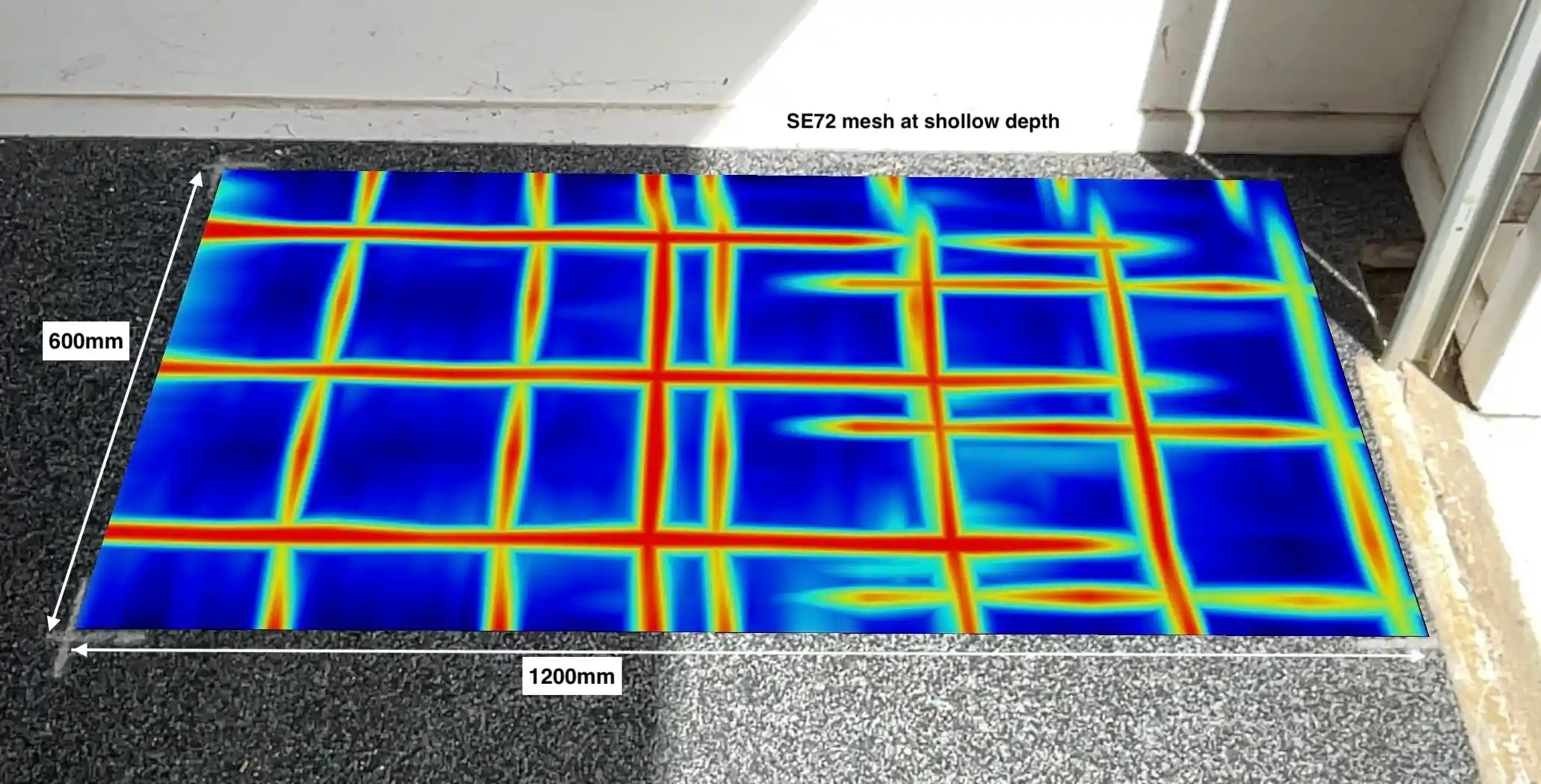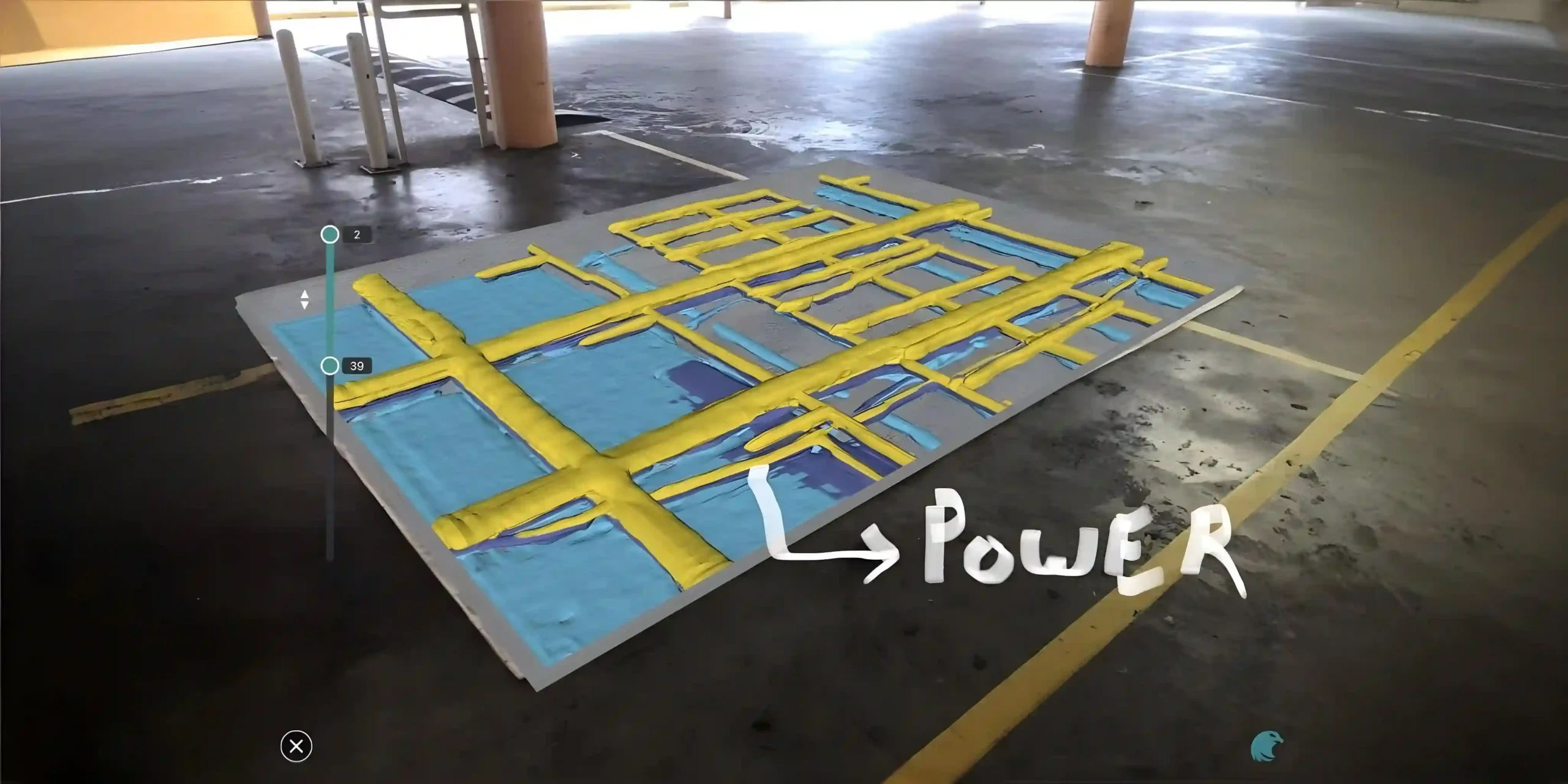Concrete scanning, particularly with using advanced technology like stepped frequency continuous waveform (SFCW) ground penetrating radar (GPR), offers the assurance needed to proceed with confidence in any construction project, whether it’s a new build or a remediation.

SFCW GPR broadcasts an ultra-wide-band range of modulated frequencies, enabling the detection of targets from shallow to deep levels in a single scan. This capability is especially valuable in New Zealand, where construction projects often involve complex structures with multiple layers of reinforcement.
The technology can identify reinforcing bars, post-tension cables, conduits, and other hidden elements within concrete, providing a detailed and accurate picture of what lies beneath the surface.

GPR concrete scanning is an essential part of due diligence in construction. The ability to scan deeper targets and thicker concrete elements, as well as navigate tight spaces like concrete beams and columns ensures that every aspect of the structure is thoroughly examined. This comprehensive scanning process provides the assurance that all potential risks have been identified and mitigated before any intrusive work begins.
From a financial perspective, the cost-to-benefit ratio of concrete scanning is invaluable. In New Zealand where construction costs are notably high, investing a few hundred dollars in concrete scanning can prevent thousands of dollars in future expenses. By identifying critical targets within structural elements, contractors can avoid damaging vital infrastructure, thereby minimising delays and unexpected costs.
Applications of concrete scanning with GPR: –